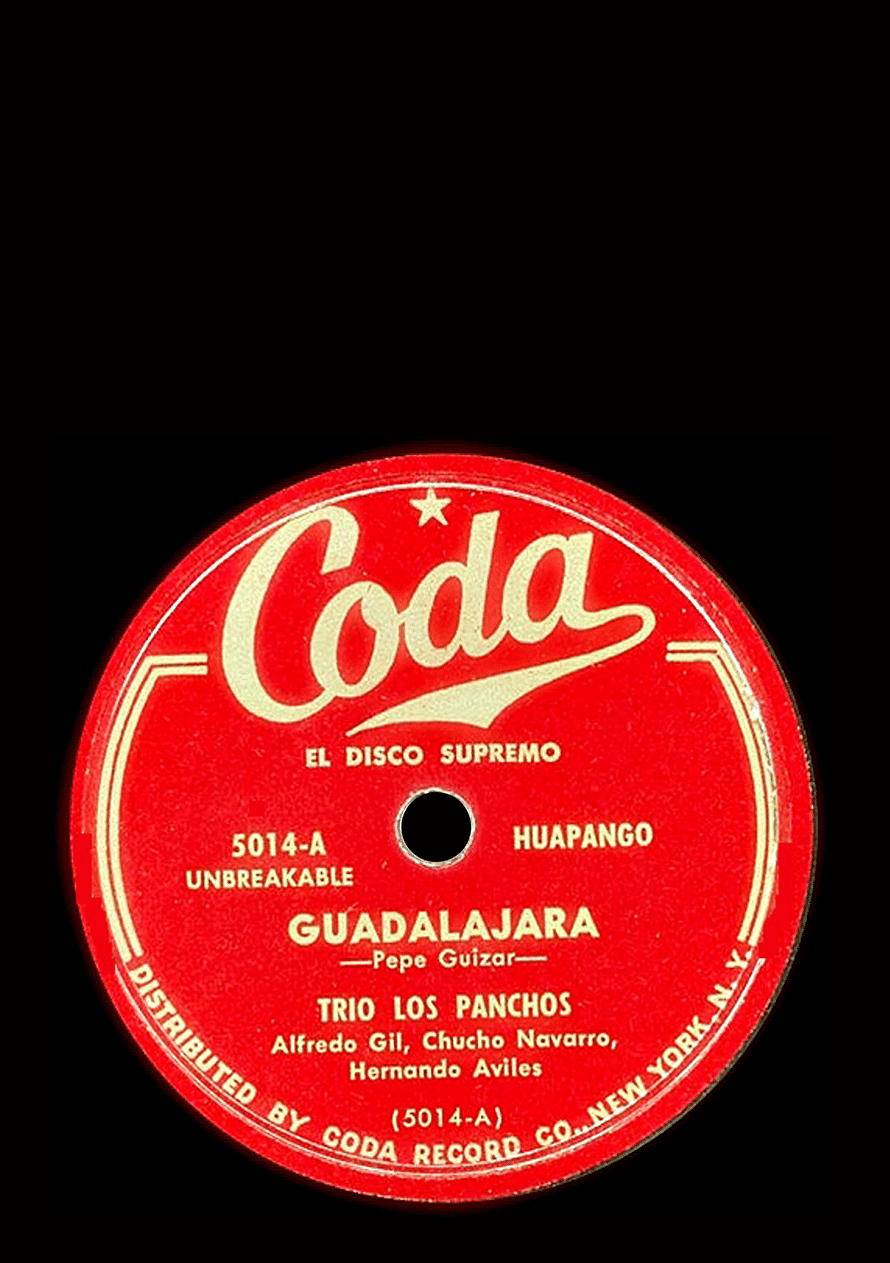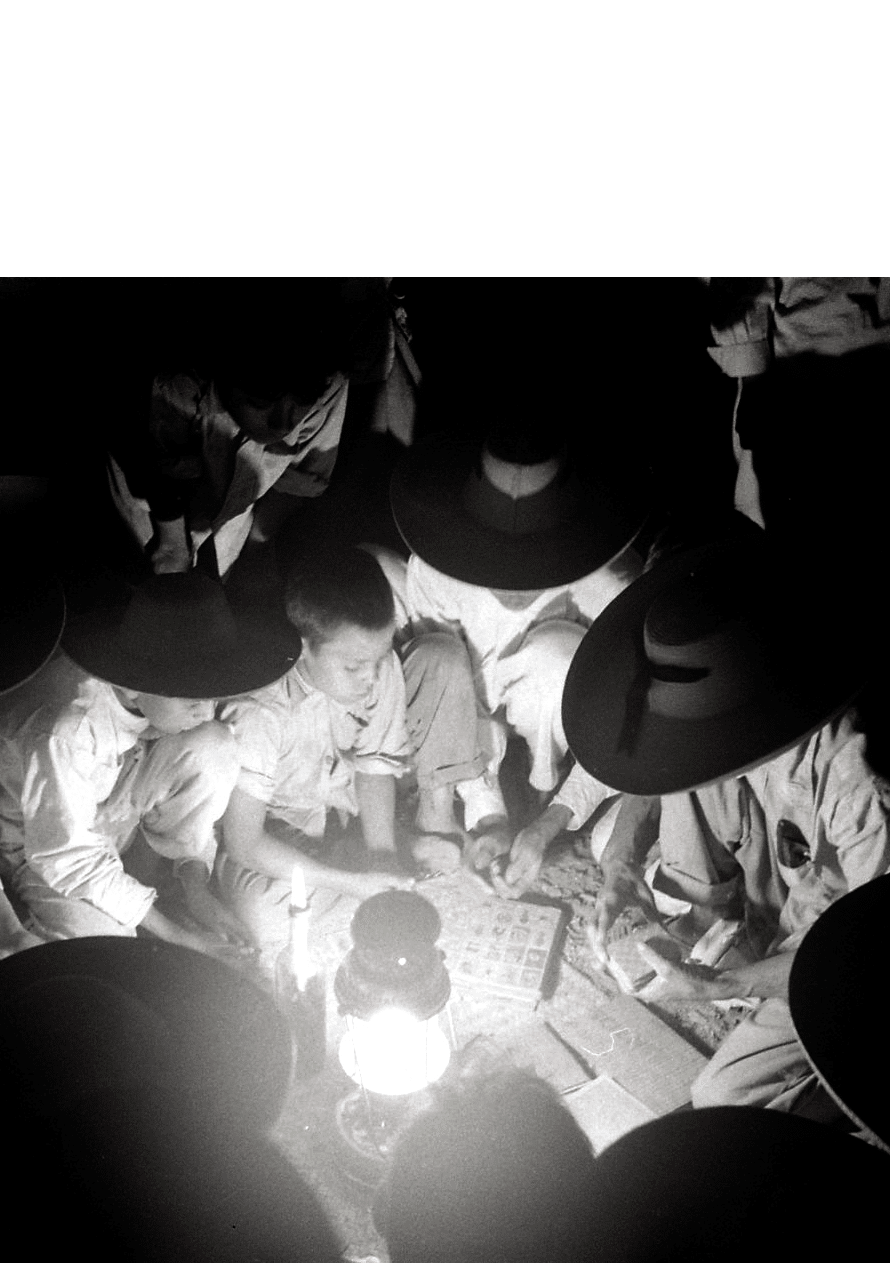Ángel Agustín María Carlos Fausto Mariano Alfonso del Sagrado Corazón de Jesús Lara Aguirre y del Pino (1900-1970), better known as Agustín Lara, has been one of the most prolific Mexican composers and, according to writer Ricardo Garibay, “an essence of Mexican soul”.
Native of Veracruz, self-taught and with an out-of-this-world musical vocation, at 13 years old he worked as a pianist in a brothel and composed songs for every woman he met until he rose to prominence as the distinguished bolero singer of a whole era and a legendary womanizer.
“The Golden Thin Man”, as he was known, counts over 700 amongst his registered songs; including the most famous, known and sung all over the world, “Solamente una vez”, “Farolito” and “Granada” —the hymn adopted by the city of Alhambra.
In 2015 the Mexican Society of Authors and Composers (SACM) awarded him the Juventino Rosas posthumous recognition, which honors deceased authors whose work has crossed borders, transcending time and remaining valid until our days for the glory of Mexico in the world.

With a colorful style and heir to the most rooted traditions of Mexican plastic art, Ricardo Legorreta (Mexico City, 1931–2011) is one of the most important exporters of architecture defined as “Mexican”.
The consolidation of his aesthetic came with his flagship work: the Camino Real Hotel (Mexico City, 1968), the first of a chain that flooded the country with color. Later came other iconic projects such as the Papalote Children’s Museum (1993) and the National Center of Arts (1994), in Mexico City.
In 2000 he received the Gold Medal of the American Institute of Architects (AIA), and in 2001 he became the first Mexican to obtain the Praemium Imperiale granted by the Japan Art Association.
In 2001, his firm founded in 1965 became Legorreta + Legorreta, when his son Víctor Legorreta joined as partner and managing director. At this stage, their joint vision achieved international influence with projects in countries such as Japan, Qatar, South Korea and Spain. Today, Legorreta’s legacy continues to spread.

Miguel León-Portilla (Mexico City, 1926) is much more than a philosopher, philologist, historian, researcher, professor and expert on Nahuatl thought and literature. He is a scholar of the indigenous soul, a discoverer and disseminator of the true richness of Mesoamerican peoples.
Heir to the passion and knowledge of teachers such as Manuel Gamio and Ángel María Garibay, León-Portilla has dedicated his life to rescue the memory, voice and poetry of living native peoples. To undertake this tireless work in defense of the prehispanic world, he committed himself, from a very young age, to the study of Nahuatl and indigenous culture.
Since then, he has held countless chairs, in addition to writing hundreds of articles and around forty books that include: La filosofía náhuatl estudiada en sus fuentes (1956), Los antiguos mexicanos a través de sus crónicas y cantares (1961), Time and Reality in the Thought of the Maya (1968) and The Broken Spears (1959), his most important work. This essential book —translated into 26 languages— rescues chronicles of events of the conquest, written in Nahuatl by natives, which had to wait centuries to come to light.
Apart from an endless number of awards received during his career, Miguel León-Portilla was honored with a national tribute in 2019 given his invaluable contributions to the knowledge of the history of our country.

Solid rain is a technology developed by engineer Sergio Jesús Rico Velasco, which enables rainwater to solidify for later use in the hydration of crops. This irrigation system generates large savings in drinking water, allows water storage and solves the issue of water scarcity in drought or low rainfall areas.
The compound is a granulated powder made from potassium that upon contact with water, solidifies and increases in size up to 500 times. These spheres are placed in the root of a plant, tree or grass, and they are able to keep it hydrated for weeks.
Solid rain is already being used successfully in Argentina, Spain, France, India, Russia and Israel. In 2002, the Miguel Alemán Foundation honored engineer Rico Velasco with the Ecology and Environment Award for the technological development that makes handling rain as a solid possible. He has also been nominated twice for the Stockholm Water Prize by the International Water Management Institute (IWMI) in Sweden.

Los Panchos are one of the most important musical phenomena in the history of Mexico. Alfredo Gil, Chucho Navarro and Hernando Avilés were part of a trio that emerged within the framework of the New York artistic scene of 1944. In that same decade the group went on an extensive tour, spreading what in the end would be called a “Mexican style” bolero.
Although their initial repertoire also included ranchera songs, huapango and son huasteco, they consolidated bolero as the most popular genre of the time, which to this day continues to be the greatest influence of contemporary composers.
Their passage through each country left a wake that inspired many, imposing the model of romantic trios that invaded the music scene emulating “the most perfect trilogy of America”, an immortal group that left a legacy of approximately 1,122 songs and 33 films.


Through its traditional invitation heard on the streets to play lottery, it became one of the most representative traditional games in the country, and an essential element within the symbolic discourse of Mexican identity.
Word has it that the picture lottery was born in Italy and arrived in New Spain along with the conquerors. Later, in times of the struggle for independence, it became the favorite pastime of military troops. Of all the versions that exist, the one known as the “authentic Mexican lottery” is that one created in the 19th century by Pasatiempos Gallo, property of Clemente Jacques. It was the first industrialized lottery that was commercialized in the country and exported to other countries.
The game consists of a deck with 54 cards, each one illustrated with a traditional Mexican stamp, and with several boards or cardboard sheets with 16 random figures, which are marked with beans as each image is sung by a caller, who improvises verses and sayings to present each figure.
Pretty May 5th, the national ensign: the flag. The help of San Luis, which they call the cactus: the paddle cactus. Stay still, Valentín, do not go to fight: the brave one. Everything fits in a little jar, when you know how to place it: the jug.30


The uniqueness of Rafael Lozano-Hemmer’s work (Mexico City, 1967), which combines technology, architecture, installation and theatricality, has earned him a place among the electronic artists that attract the most attention in the field of contemporary world art.
His proposals are ephemeral and experimental, divided in two lines of work: the production of public art —street and square interventions that integrate light and sound— and the work for museums, presented in solo exhibitions at the San Francisco Museum of Modern Art and the Museum of Contemporary Art in Sydney, among others. In both cases, the development of the pieces is always determined by the relationship with the public. In 2015, he presented Pseudomatismos at the University Museum of Contemporary Art (MUAC), an exhibition that covered 23 years of audiovisual production, including pieces of interactive video, robotics, computer surveillance, photography and sound installation.
Among his “Relational Architecture” works are Solar Equation, Sandbox and Body Movies, which have traveled to countries such as Austria and New Zealand; in addition to commissioned installations in cities including Rotterdam, Lyon, Tokyo, Dublin, Vancouver and Abu Dhabi.
In 2007 he was chosen to reactivate the Mexican presence at the Venice Biennale after an absence of more than 50 years. In the following editions, the Mexican Pavilion has hosted artists like Ariel Guzik, Teresa Margolles, Tania Candiani and Pablo Vargas Lugo, among others.

Better known as “El Chivo”, Emmanuel Lubezki (Mexico City, 1964) has been listed as one of the best cinematographers of recent times, a miracle worker capable of mastering light and shadows to create dreamlike, fantasy, dystopian worlds or even to portray the sun turning between sunset and nightfall.
Self-designated “image psychiatrist”, he discovered his love for photography as a child, through the lens of a Kodak Instamatic 54x, with which he documented countless children’s outings. Later, he studied at the University Center for Film Studies (CUEC).
Since his debut in Será por eso que la quiero tanto, directed by Carlos Markovich in 1985, his career continued to thrive, as director of cinematography of over 40 feature films including iconic movies such as Sólo con tu pareja (1991), Like Water for Chocolate (1992), Y tu mamá también (2001), The Little Princess (1995), Sleepy Hollow (1999) and The Tree of Life (2011), and the films that established him as a genius: Gravity (2013), Birdman (2014) and The Revenant (2015).
He has countless nominations in the most relevant film awards in the world, and has received four BAFTA Awards and three Academy Awards (2013 to 2015).

With over five decades of existence and uninterrupted service, the kitchen of the Nicos restaurant, in Mexico City, has been the trench that María Elena Lugo Zermeño and her son Gerardo Vázquez Lugo chose to undertake a crusade in defense of the ancestral and traditional homemade gastronomy of Mexico.
Far from elite areas and author’s cuisine, it is defined as a neighborhood restaurant. In 2015 Nicos first entered the list of the 50 best restaurants in Latin America, where it has remained so far “without the need of white tablecloths or theatrical tricks”.31
This team of chefs never imagined that their work would be distinguished with the Diners Club Lifetime Achievement Award in 2018 that recognices the career and contribution of a chef to the gastronomic industry, within the framework of the Latin America’s 50 Best Restaurants.

Although born in San Juan de Puerto Rico, Luis Miguel (1970) is known worldwide as “The Sun of Mexico”, whose over 35-year professional experience has established him as one of the most successful performers in the musical history of Latin America.
He began his career in 1982, as a child singer who seduced the audience with his privileged voice and a remarkable mastery of the stage. He grew up sourrounded by concerts, tours and recordings, in the context of a country that went from managing wealth to coping with financial crisis, and found a haven in music and television shows. Therefore, the Mexican audience fell in love with him, and he received his naturalization letter from former president Carlos Salinas de Gortari in 1991.
Luis Miguel has approximately thirty record productions in which he has experimented with genres that include pop, ballad, bolero, tango, big band and mariachi music. To date, he has sold over 100 million records worldwide and in 2011 he was proclaimed as the best Latin American artist of the last 25 years according to Billboard magazine.
His life —worthy of a television drama— was brought to TV screens by Gato Grande Productions, through Luis Miguel, la serie (Netflix, 2018), resulting in a new record of his songs played on digital platforms.

Son of set designer Alejandro Luna and costume designer Fiona Alexander, one could say that Diego Luna (Mexico City, 1979) was born in the theater. He came into the world during the theatrical season in which his parents where working, shortly after Patricia Bernal, actress in the same project, gave birth to Gael García Bernal during rehearsals. Over time, their growing friendship became artistic complicity.
Diego grew up backstage and debuted as an actor at age six in a play directed by Luis de Tavira. Later he continued his career in television and laid the foundations for his film career thanks to his performance in Y tu mamá también, for which he received the Male Revelation Marcello Mastroianni Award (2001) —shared with Gael García Bernal.
His “Charolastra” character launched him to fame and since then he has worked on over 30 films shot in Mexico, the United States and Spain, including Frida (2002), The Terminal (2004) —directed by Steven Spielberg— and Rogue One (2016).
In Mexico, he has reactivated theater production, and is one of the founding partners of the Canana production company and Ambulante documentary film festival. He has also made an incursion into film direction, first with Abel (2010), then with César Chávez (2014) —which tells the story of the Mexican-American peasant leader who fought for civil rights of workers and immigrants in southern United States in the mid-20th century— and Mr. Pig (2016), starring Danny Glover, which premiered at the Sundance Film Festival.


